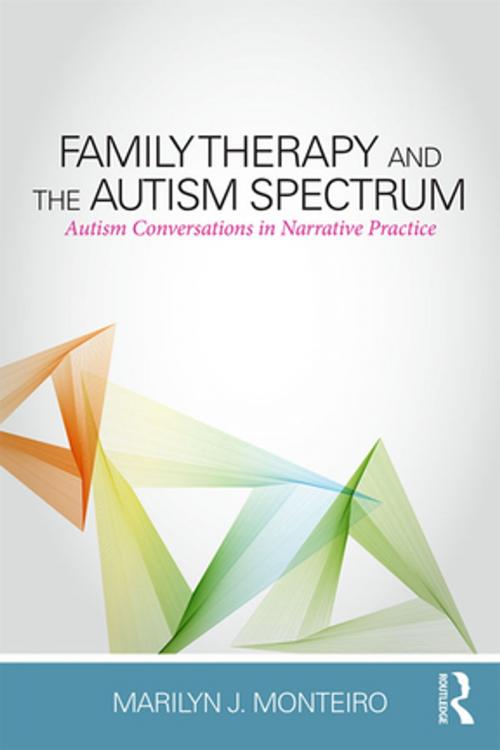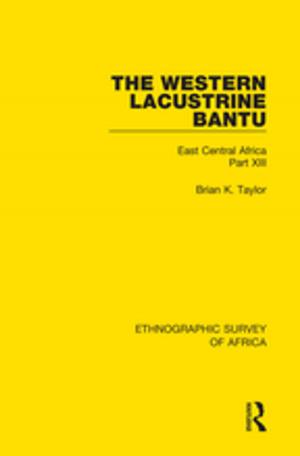Family Therapy and the Autism Spectrum
Autism Conversations in Narrative Practice
Nonfiction, Health & Well Being, Psychology, Mental Health| Author: | Marilyn J. Monteiro | ISBN: | 9781317565482 |
| Publisher: | Taylor and Francis | Publication: | January 29, 2016 |
| Imprint: | Routledge | Language: | English |
| Author: | Marilyn J. Monteiro |
| ISBN: | 9781317565482 |
| Publisher: | Taylor and Francis |
| Publication: | January 29, 2016 |
| Imprint: | Routledge |
| Language: | English |
The autism spectrum presents a range of communication, social, and sensory differences that are challenging for clinicians to address. Family Therapy and the Autism Spectrum provides a guide to conceptualizing those differences and ways to discuss them with clients and their families. Readers are provided with narrative examples illustrating the application of key concepts introduced in the text. These case examples address issues that range across the life cycle, from families with young children to ones with teens who are emerging as adults. Using the techniques learned in this book, clinicians will be able to guide families towards their positive autism narrative.
This book also features a visual framework to organize the compelling narrative of each person’s autism spectrum pattern of developmental differences or brain style. Using this visual framework and the corresponding descriptive language, clinicians and families can work together to create their "autism conversations." The conversations lead to the transformative experiences of developing competencies, resiliency, and advocacy for individuals and their families. The conversations also lead individuals with spectrum differences to use empowering language, supporting their ability to develop self-advocacy and self-determination skills.
The autism spectrum presents a range of communication, social, and sensory differences that are challenging for clinicians to address. Family Therapy and the Autism Spectrum provides a guide to conceptualizing those differences and ways to discuss them with clients and their families. Readers are provided with narrative examples illustrating the application of key concepts introduced in the text. These case examples address issues that range across the life cycle, from families with young children to ones with teens who are emerging as adults. Using the techniques learned in this book, clinicians will be able to guide families towards their positive autism narrative.
This book also features a visual framework to organize the compelling narrative of each person’s autism spectrum pattern of developmental differences or brain style. Using this visual framework and the corresponding descriptive language, clinicians and families can work together to create their "autism conversations." The conversations lead to the transformative experiences of developing competencies, resiliency, and advocacy for individuals and their families. The conversations also lead individuals with spectrum differences to use empowering language, supporting their ability to develop self-advocacy and self-determination skills.















